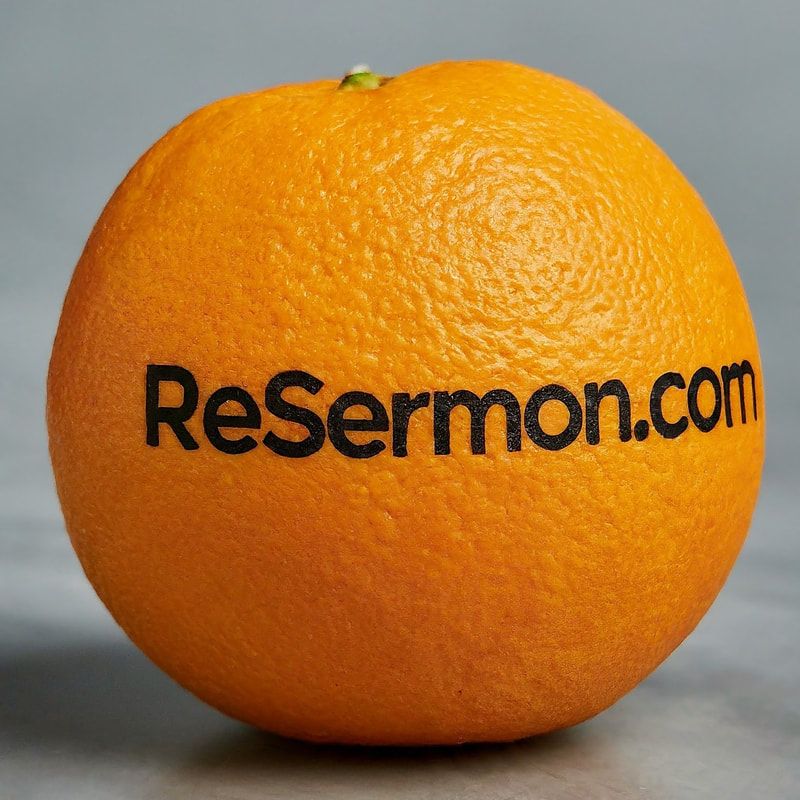|
By Christopher Mann for ReSermon.com In the age of online media, small churches and big churches alike face the same challenge -- producing excellent, engaging sermon content. If you are a small church or church plant and you're producing solid material hosted on a online platform, consider this low-cost strategy for engaging your community.
You immediately expand your ministry reach to the deaf and hearing alike.“When you're walking through season of adversity, God is at work. No matter what the adversity, God will finish the work.” A Beautiful Promise: Part 3 by Pastor Ron Williams Pathway Community Church, Fort Wayne, Ind. Transcribed and closed captioned by ReSermon ReSermon can meet any turn-around deadline. Whether you need it in a week from now or an hour from now, we're ready when you are.
Plus, you don’t have to delay posting your video content on account of ReSermon. If the video has to publish immediately, do it. Posting both the file and the closed caption file at the same time is ideal, but if something is that time sensitive, then you can upload the video, notify ReSermon, and we will immediately begin on the CC file. Then, we can log into your YouTube or Vimeo account and upload the file directly. All the while, the ability of your viewers to consume your content will be uninterrupted. Whatever your tight turn-around needs, ReSermon won't disappoint.
The case for leveraging your spoken content into greater, repurposed value in the public square. If you have been teaching long enough, you've heard that line. And, they're probably right; you should write that down, but who has the time?
An average speaker will speaking at around 100-200 words per minute and at the end of an hour, he might utter around 6,000 words. The question becomes, how do you capture that value and leverage it? Should that value be contained to the walls of a worship center, classroom or lecture hall, or could it be repurposed into greater venues like blog entries (typically 300-500 words each), social media posts (15-100 words each), editorial articles (800-1500 words each) or full length books (150,000 words+)? |
Archives
January 2024
Categories
All
By David Fulmer from Pittsburgh (Natural American Sign Language) [CC BY 2.0], via Wikimedia Commons
By Jeff Billings [CC BY-SA 3.0], via Wikimedia Commons
By English: Cpl Erik Villagran [Public domain], via Wikimedia Commons
"Hearing aid 20080620" by Jonas Bergsten - Own work. Licensed under Public Domain via Wikimedia Commons.
|







 RSS Feed
RSS Feed